Erik Meijer
Coarsening Optimization for Differentiable Programming
Oct 05, 2021
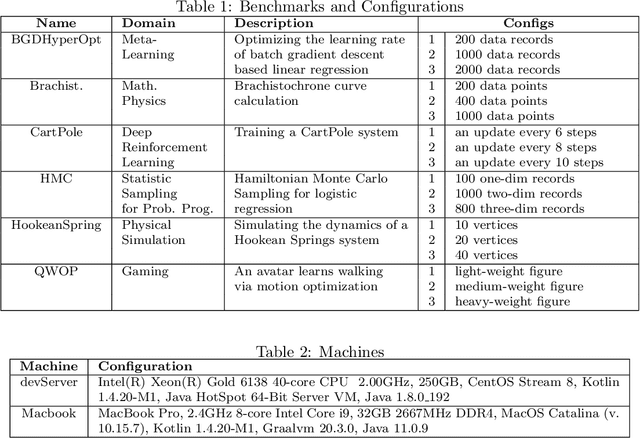
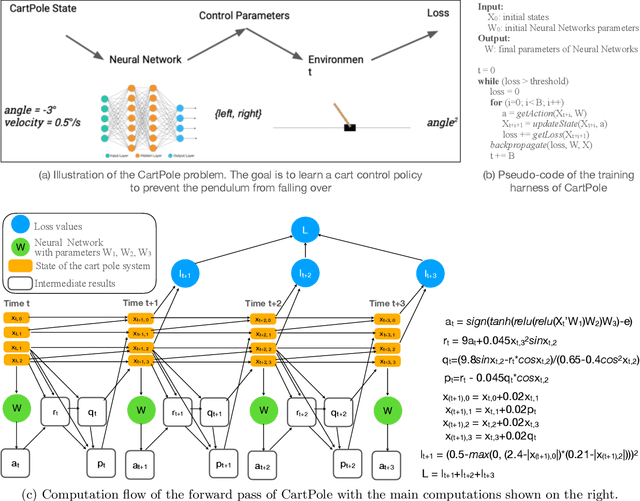
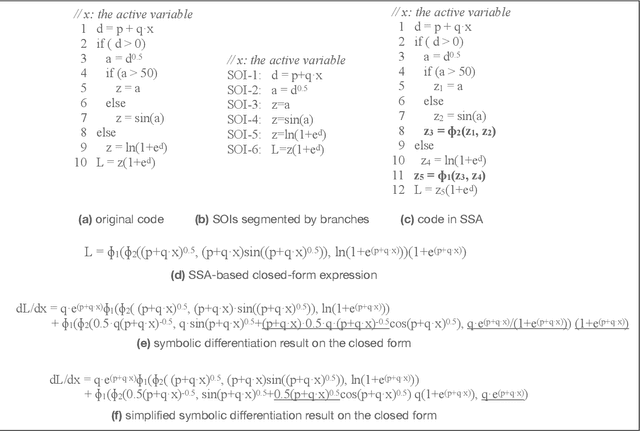
Abstract:This paper presents a novel optimization for differentiable programming named coarsening optimization. It offers a systematic way to synergize symbolic differentiation and algorithmic differentiation (AD). Through it, the granularity of the computations differentiated by each step in AD can become much larger than a single operation, and hence lead to much reduced runtime computations and data allocations in AD. To circumvent the difficulties that control flow creates to symbolic differentiation in coarsening, this work introduces phi-calculus, a novel method to allow symbolic reasoning and differentiation of computations that involve branches and loops. It further avoids "expression swell" in symbolic differentiation and balance reuse and coarsening through the design of reuse-centric segment of interest identification. Experiments on a collection of real-world applications show that coarsening optimization is effective in speeding up AD, producing several times to two orders of magnitude speedups.
Localized Uncertainty Attacks
Jun 17, 2021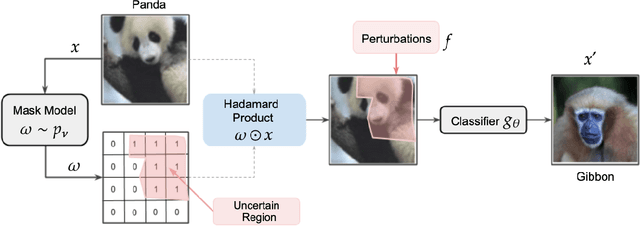
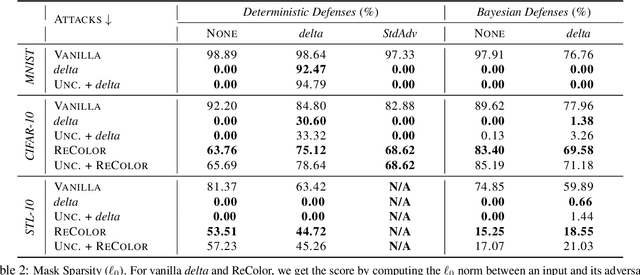
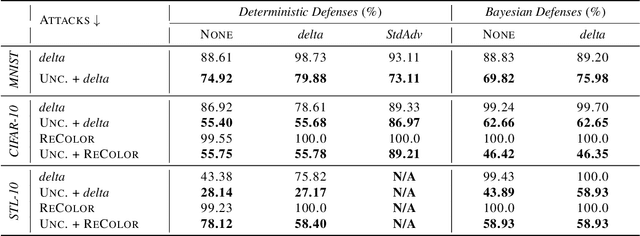

Abstract:The susceptibility of deep learning models to adversarial perturbations has stirred renewed attention in adversarial examples resulting in a number of attacks. However, most of these attacks fail to encompass a large spectrum of adversarial perturbations that are imperceptible to humans. In this paper, we present localized uncertainty attacks, a novel class of threat models against deterministic and stochastic classifiers. Under this threat model, we create adversarial examples by perturbing only regions in the inputs where a classifier is uncertain. To find such regions, we utilize the predictive uncertainty of the classifier when the classifier is stochastic or, we learn a surrogate model to amortize the uncertainty when it is deterministic. Unlike $\ell_p$ ball or functional attacks which perturb inputs indiscriminately, our targeted changes can be less perceptible. When considered under our threat model, these attacks still produce strong adversarial examples; with the examples retaining a greater degree of similarity with the inputs.
Accelerating Metropolis-Hastings with Lightweight Inference Compilation
Oct 23, 2020
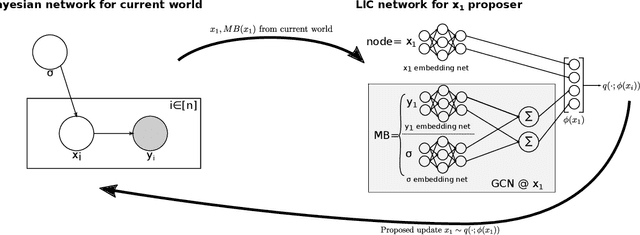
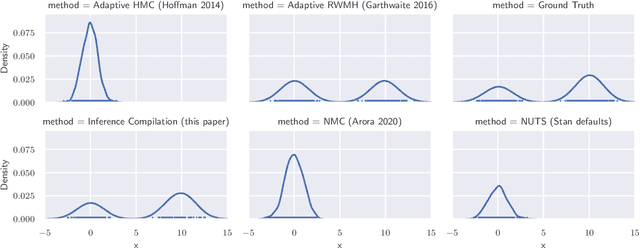
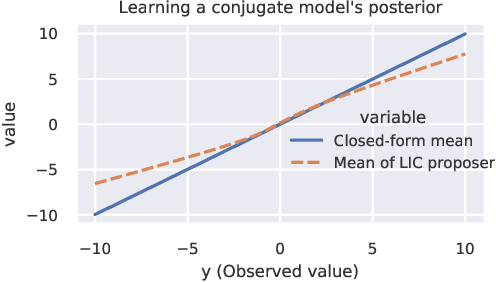
Abstract:In order to construct accurate proposers for Metropolis-Hastings Markov Chain Monte Carlo, we integrate ideas from probabilistic graphical models and neural networks in an open-source framework we call Lightweight Inference Compilation (LIC). LIC implements amortized inference within an open-universe declarative probabilistic programming language (PPL). Graph neural networks are used to parameterize proposal distributions as functions of Markov blankets, which during "compilation" are optimized to approximate single-site Gibbs sampling distributions. Unlike prior work in inference compilation (IC), LIC forgoes importance sampling of linear execution traces in favor of operating directly on Bayesian networks. Through using a declarative PPL, the Markov blankets of nodes (which may be non-static) are queried at inference-time to produce proposers Experimental results show LIC can produce proposers which have less parameters, greater robustness to nuisance random variables, and improved posterior sampling in a Bayesian logistic regression and $n$-schools inference application.
PPL Bench: Evaluation Framework For Probabilistic Programming Languages
Oct 17, 2020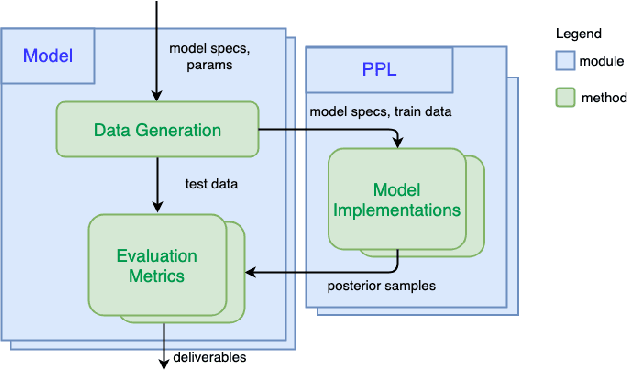
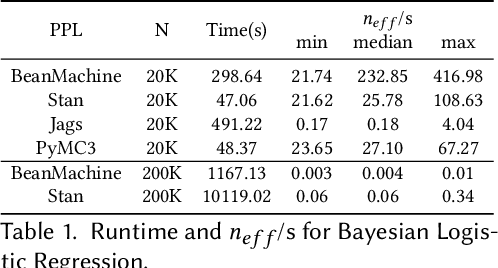
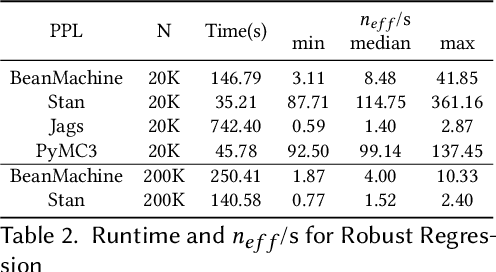
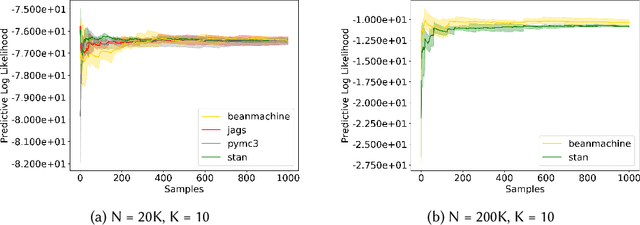
Abstract:We introduce PPL Bench, a new benchmark for evaluating Probabilistic Programming Languages (PPLs) on a variety of statistical models. The benchmark includes data generation and evaluation code for a number of models as well as implementations in some common PPLs. All of the benchmark code and PPL implementations are available on Github. We welcome contributions of new models and PPLs and as well as improvements in existing PPL implementations. The purpose of the benchmark is two-fold. First, we want researchers as well as conference reviewers to be able to evaluate improvements in PPLs in a standardized setting. Second, we want end users to be able to pick the PPL that is most suited for their modeling application. In particular, we are interested in evaluating the accuracy and speed of convergence of the inferred posterior. Each PPL only needs to provide posterior samples given a model and observation data. The framework automatically computes and plots growth in predictive log-likelihood on held out data in addition to reporting other common metrics such as effective sample size and $\hat{r}$.
Ownership at Large -- Open Problems and Challenges in Ownership Management
Apr 15, 2020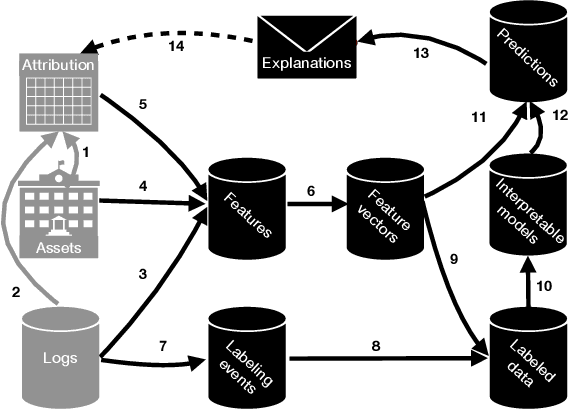
Abstract:Software-intensive organizations rely on large numbers of software assets of different types, e.g., source-code files, tables in the data warehouse, and software configurations. Who is the most suitable owner of a given asset changes over time, e.g., due to reorganization and individual function changes. New forms of automation can help suggest more suitable owners for any given asset at a given point in time. By such efforts on ownership health, accountability of ownership is increased. The problem of finding the most suitable owners for an asset is essentially a program comprehension problem: how do we automatically determine who would be best placed to understand, maintain, evolve (and thereby assume ownership of) a given asset. This paper introduces the Facebook Ownesty system, which uses a combination of ultra large scale data mining and machine learning and has been deployed at Facebook as part of the company's ownership management approach. Ownesty processes many millions of software assets (e.g., source-code files) and it takes into account workflow and organizational aspects. The paper sets out open problems and challenges on ownership for the research community with advances expected from the fields of software engineering, programming languages, and machine learning.
WES: Agent-based User Interaction Simulation on Real Infrastructure
Apr 11, 2020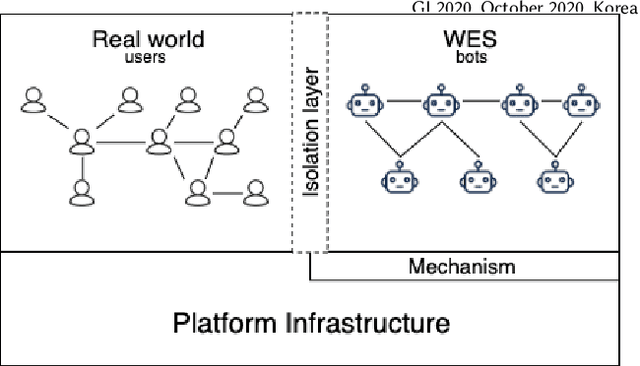
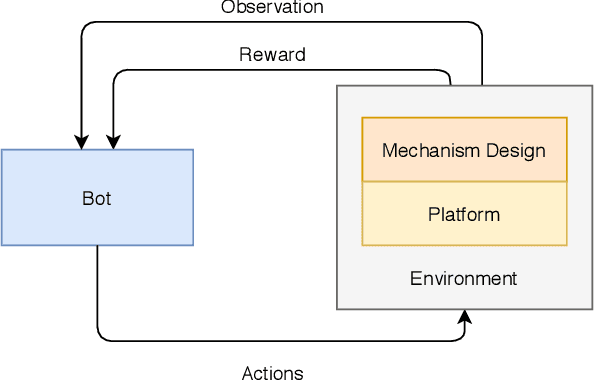
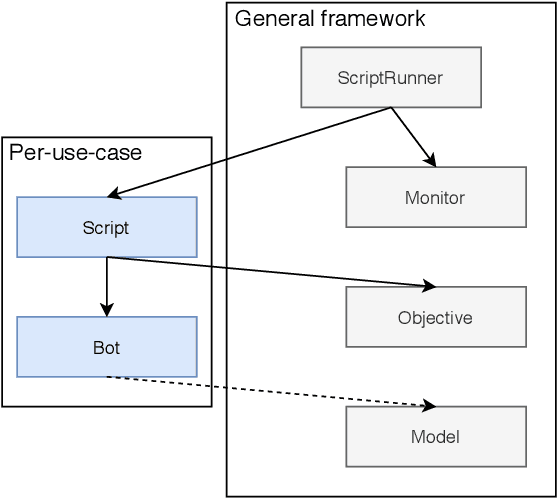
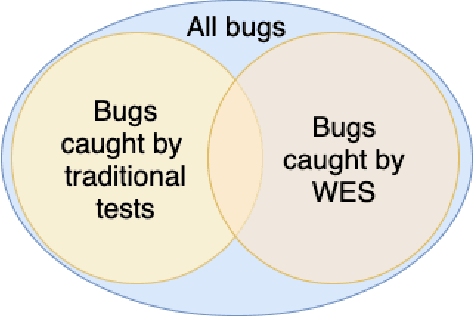
Abstract:We introduce the Web-Enabled Simulation (WES) research agenda, and describe FACEBOOK's WW system. We describe the application of WW to reliability, integrity and privacy at FACEBOOK , where it is used to simulate social media interactions on an infrastructure consisting of hundreds of millions of lines of code. The WES agenda draws on research from many areas of study, including Search Based Software Engineering, Machine Learning, Programming Languages, Multi Agent Systems, Graph Theory, Game AI, and AI Assisted Game Play. We conclude with a set of open problems and research challenges to motivate wider investigation.
Newtonian Monte Carlo: single-site MCMC meets second-order gradient methods
Jan 15, 2020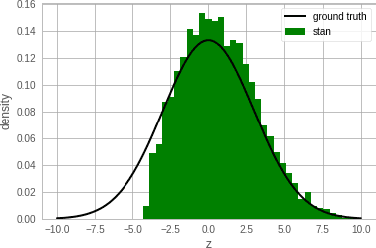
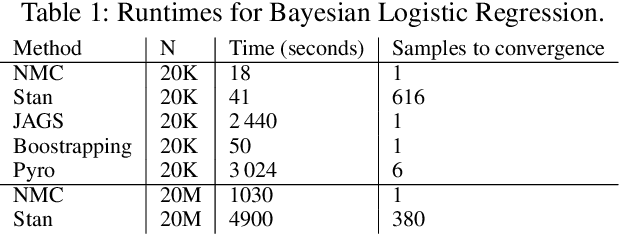
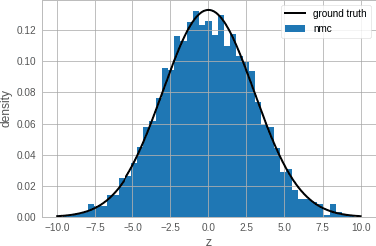

Abstract:Single-site Markov Chain Monte Carlo (MCMC) is a variant of MCMC in which a single coordinate in the state space is modified in each step. Structured relational models are a good candidate for this style of inference. In the single-site context, second order methods become feasible because the typical cubic costs associated with these methods is now restricted to the dimension of each coordinate. Our work, which we call Newtonian Monte Carlo (NMC), is a method to improve MCMC convergence by analyzing the first and second order gradients of the target density to determine a suitable proposal density at each point. Existing first order gradient-based methods suffer from the problem of determining an appropriate step size. Too small a step size and it will take a large number of steps to converge, while a very large step size will cause it to overshoot the high density region. NMC is similar to the Newton-Raphson update in optimization where the second order gradient is used to automatically scale the step size in each dimension. However, our objective is to find a parameterized proposal density rather than the maxima. As a further improvement on existing first and second order methods, we show that random variables with constrained supports don't need to be transformed before taking a gradient step. We demonstrate the efficiency of NMC on a number of different domains. For statistical models where the prior is conjugate to the likelihood, our method recovers the posterior quite trivially in one step. However, we also show results on fairly large non-conjugate models, where NMC performs better than adaptive first order methods such as NUTS or other inexact scalable inference methods such as Stochastic Variational Inference or bootstrapping.
Gradient Descent: The Ultimate Optimizer
Sep 29, 2019



Abstract:Working with any gradient-based machine learning algorithm involves the tedious task of tuning the optimizer's hyperparameters, such as the learning rate. There exist many techniques for automated hyperparameter optimization, but they typically introduce even more hyperparameters to control the hyperparameter optimization process. We propose to instead learn the hyperparameters themselves by gradient descent, and furthermore to learn the hyper-hyperparameters by gradient descent as well, and so on ad infinitum. As these towers of gradient-based optimizers grow, they become significantly less sensitive to the choice of top-level hyperparameters, hence decreasing the burden on the user to search for optimal values.
SysML: The New Frontier of Machine Learning Systems
May 01, 2019Abstract:Machine learning (ML) techniques are enjoying rapidly increasing adoption. However, designing and implementing the systems that support ML models in real-world deployments remains a significant obstacle, in large part due to the radically different development and deployment profile of modern ML methods, and the range of practical concerns that come with broader adoption. We propose to foster a new systems machine learning research community at the intersection of the traditional systems and ML communities, focused on topics such as hardware systems for ML, software systems for ML, and ML optimized for metrics beyond predictive accuracy. To do this, we describe a new conference, SysML, that explicitly targets research at the intersection of systems and machine learning with a program committee split evenly between experts in systems and ML, and an explicit focus on topics at the intersection of the two.
 Add to Chrome
Add to Chrome Add to Firefox
Add to Firefox Add to Edge
Add to Edge